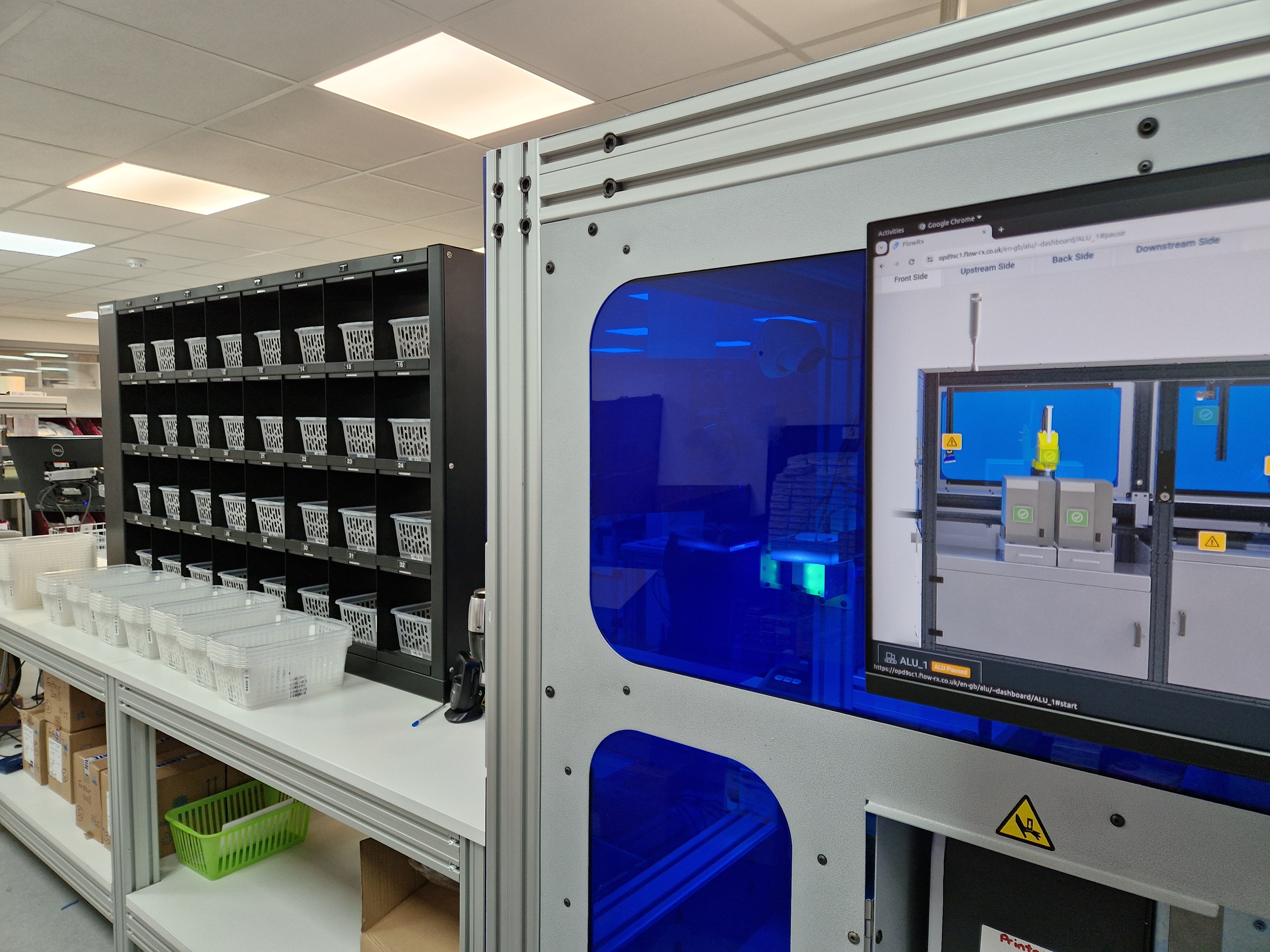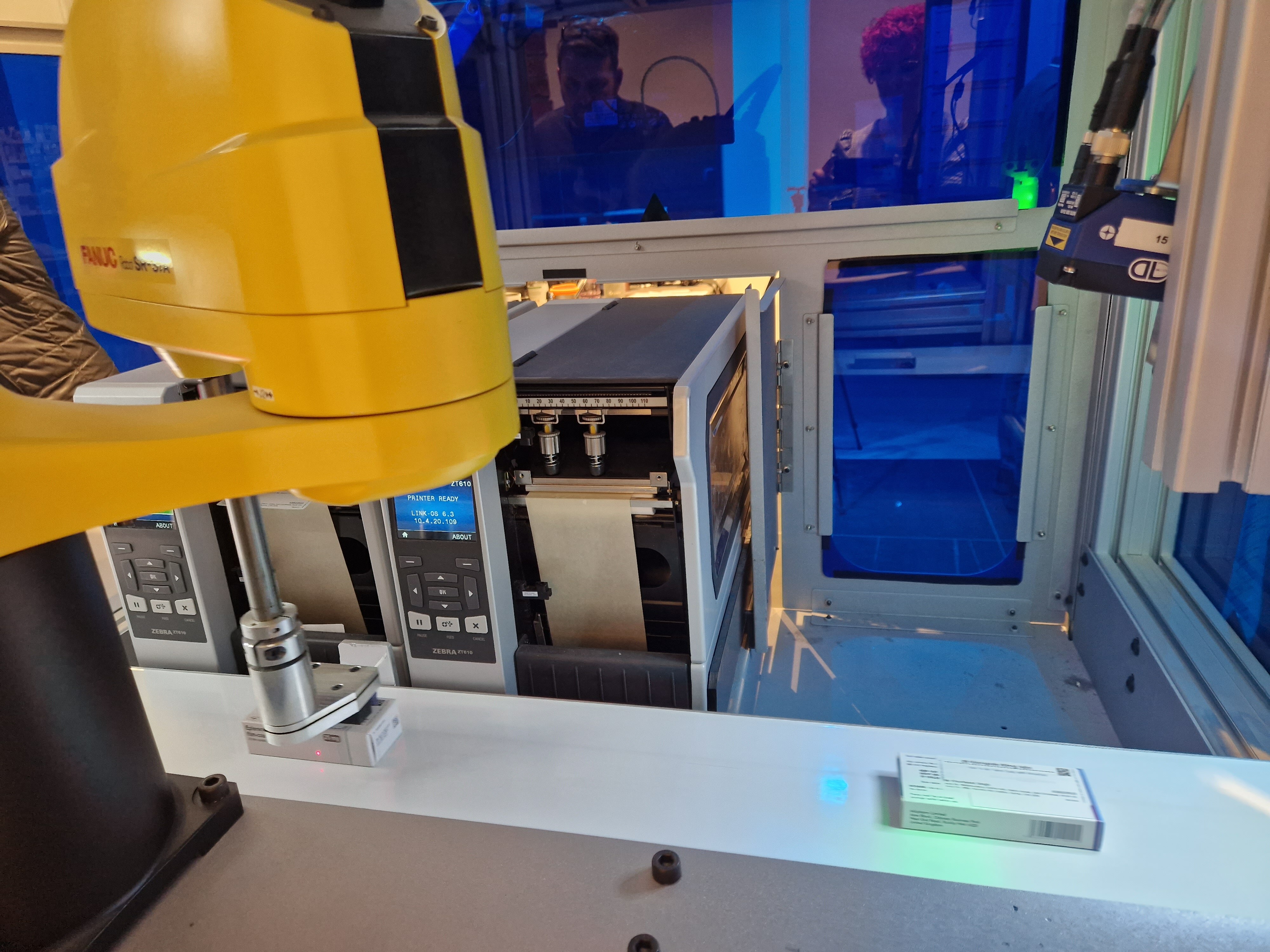Centred Solutions Operations Director, Colin Hardy, discusses how automation is the key to improving patient safety.
“Medication that is prescribed, dispensed, administered and monitored correctly has the power to do enormous good in improving quality of life. But equally when something goes wrong in the medication management process it then has the potential to do real harm.
It’s no secret that unsafe practice and medication errors are one of the main causes of avoidable harm in healthcare worldwide. A report published in 2020 by the International Federation of Pharmacists (FIP) said “unsafe medication practices contributing to medication errors were the single most important preventable factor jeopardising patient safety.”
Technology has a crucial role to play if we are to significantly reduce the estimated 237 million medication errors that take place in England alone each year. It’s a fact that has been highlighted by the World Health Organisation (WHO) Global Safety Action Plan 2021 – 2030 Towards Eliminating Avoidable Harm in Healthcare which includes a strategic objective on “information, research and risk management” with one of the five core goals “digital technology for patient safety”.
More recently it was highlighted by the impact assessment into hub and spoke published as part of the current Department of Health and Social Care consultation process. The assessment points out that greater use of automation would improve patient safety through higher dispensing accuracy.
“Automating elements of the dispensing process at the hub could improve error rates and patient safety. Evidence from those who have implemented and established hub and spoke systems with tracking technology indicate that automated systems had a dispensing error rate 6 times lower than manual processes (124 errors per 1m items for in-pharmacy and 22 per 1m items in automated facilities), although some stakeholders have found reductions well in excess of this.”- Department of Health Impact Assessment into Hub and Spoke, 2022
The National Reporting and Learning System (NRLS) showed in 2019-20 that 4,669 incidents were reported in community pharmacy. The latest NPA quarterly medication safety update showed that the main contributing factors to patient safety incidents were work and environment factors (41% of incidents) including time pressures, understaffing and poorly organised working environments. It’s a double-edged sword, as the administration process that must take place when a medication error occurs is time consuming and places further pressures on the workforce.
While automation will significantly reduce the risk of errors it’s not the golden panacea. True success will only happen if the technology and associated workflows are implemented and adopted in the right way. As the hub and spoke impact assessment points out – any new process should not increase the risk of errors being made. At Centred Solutions we believe that when implementing technology in pharmacy it is important that the healthcare provider and industry experts work together as one team. Post implementation you’ll need a partner who can work with you to maintain momentum and drive adoption of the solution so you successfully meet your goals.
At Centred Solutions we know every pharmacy environment is different, whether you’re operating a hub, a warehouse, or a single pharmacy. We designed the FLOWRx suite with pharmacists at the heart of our thinking and install each element to fit with every pharmacy’s unique physical, IT and human infrastructure. Our team of experts have spent years developing new ways to improve workflow and will work with you to design and organise an implementation that works in harmony with your pharmacy, supporting you on your entire automation journey. The FLOWRx technology itself is built with patient safety in mind. Checks happen at every stage of the dispensing process to ensure the right dose of the right medication is on its way to the right pharmacy spoke and right pharmacy patient.
When done correctly and with the right partner, automation with appropriate safeguards can have a positive effect on patient safety. In addition, an improved working environment for staff is also likely to contribute to lower errors as staff have more time to spot issues and deal with them.”




